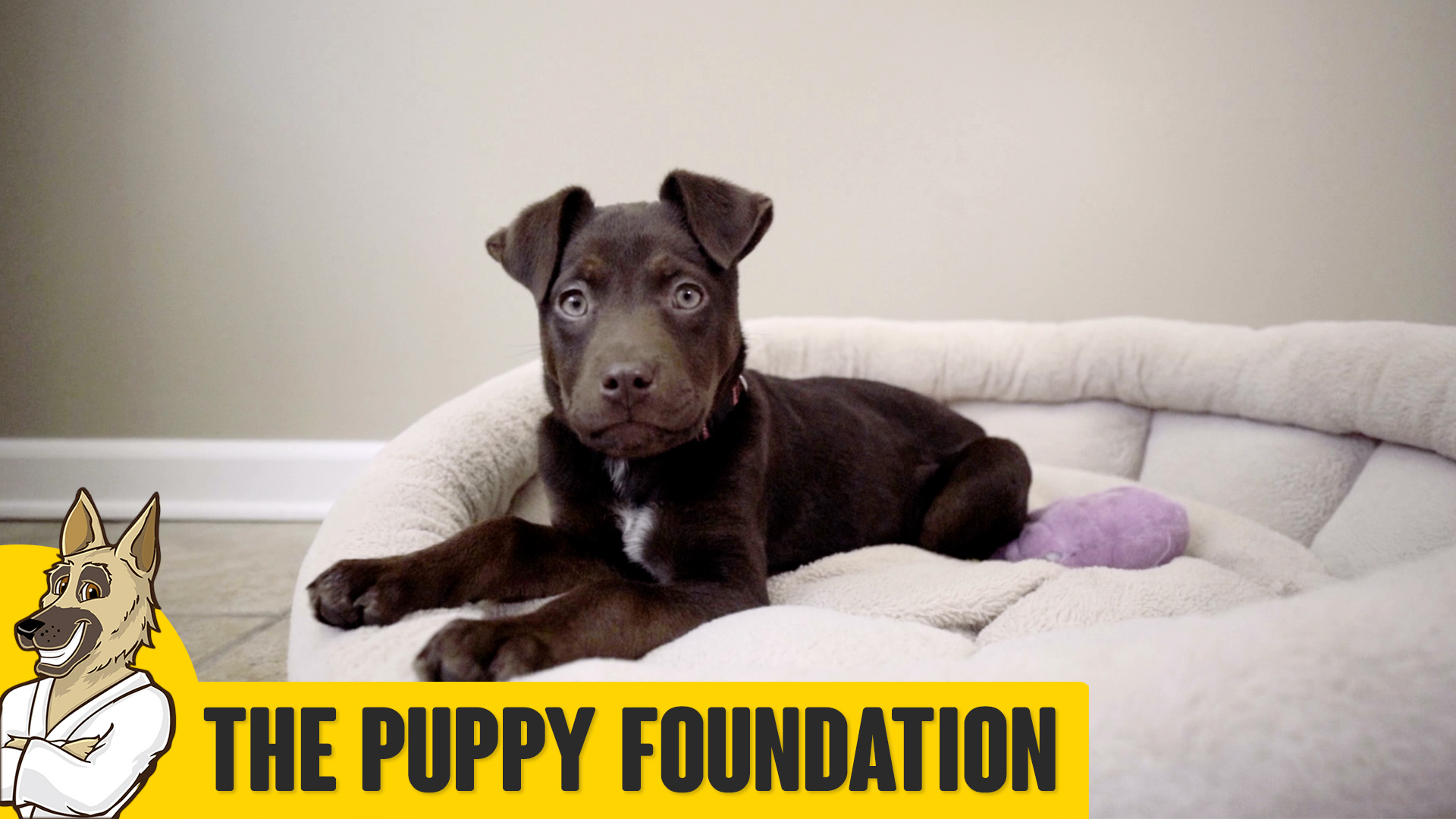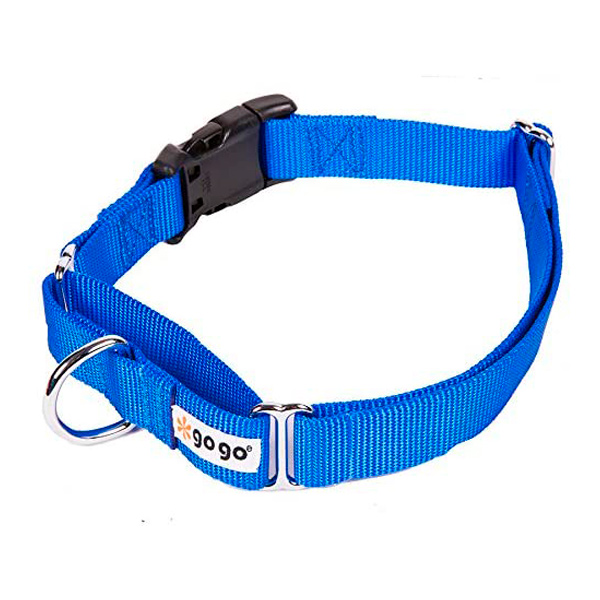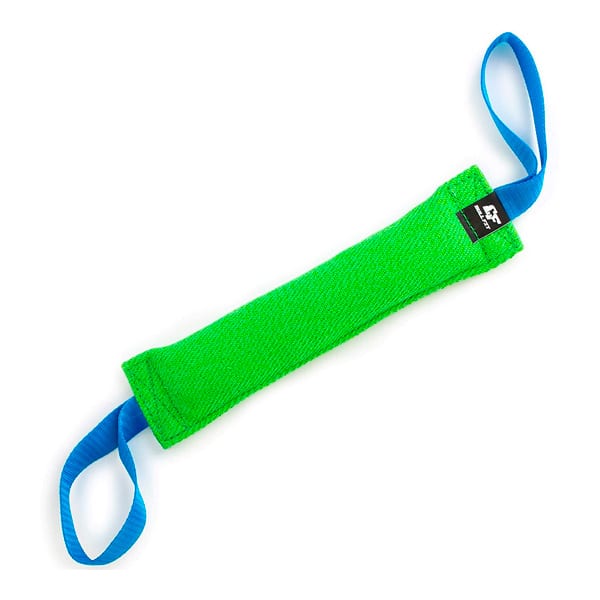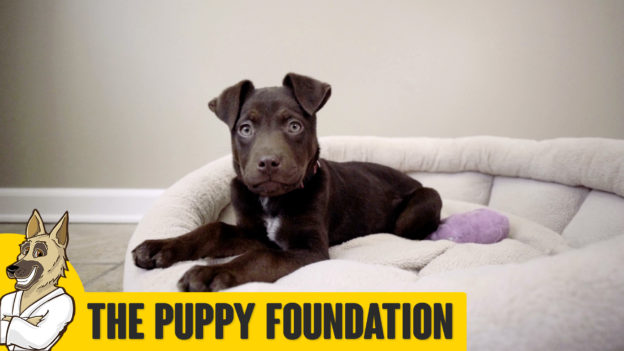This Lesson is for Puppies from 8 weeks of Age to Approx 6 months.
In this weeks online dog training lesson we discuss the most basic things you need to know when dealing with your puppy.
• Since the puppy is new your home, they must learn through structured freedom
• Use a crate whenever you’re not directly supervising your puppy.
• Puppy’s require several bathroom breaks throughout the day and night. I recommend:
- Take the puppy directly from the crate to the potty area, say nothing, don’t walk around, don’t look at the puppy and don’t play with the puppy. When the puppy has pottied, praise him and begin your training / playing / interaction.
- Training with the puppy will entail mainly luring and shaping. You’ll be doing this for a few months. The best way to do this is with food. For the first week or so, I recommend most meals come from hand feeding while training / luring. Use the food to lure behaviors such as COME, DOWN, SIT, STAND, WAIT and anything else. Use the allotted food for meals for training sessions and whatever is left over, put it into a bowl and let the puppy finish it from there.
You’ll be doing 3-5 of these luring training sessions daily with your new puppy. Each one should last about 10 minutes. Keep them exciting and keep them short. Too much is not a good thing because your puppy will get bored.
I recommend doing these sessions as follows:
- EARLY MORNING
- LATE MORNING
- EARLY AFTERNOON
- LATER AFTERNOON
- EARLY EVENING (bonus)
Pick a few fun things to teach your dog. I love teaching recall first.
- With your puppy on a long line, run away from the puppy and see if he runs after you. Reward abundantly. If he’s not getting that, stand in front of him and take one step back, then anther and reward him for following
- Teach your puppy to look at you means rewards. Eye contact is best.
- Lure your down to stand and stand to sit.
Along with these sessions be sure your puppy gets socialization, walking and playtime with you and other safe dogs.
Socialization with safe dogs is critical as well as socialization with “puppy-savvy” children and adults.
If you want to keep your puppy with you out in the house, be sure you’ve got an eye on your dog or tether them near you. It’s always safest and best to crate when you’re not keeping an eye on your puppy. Think of it like a bassinet for puppies





